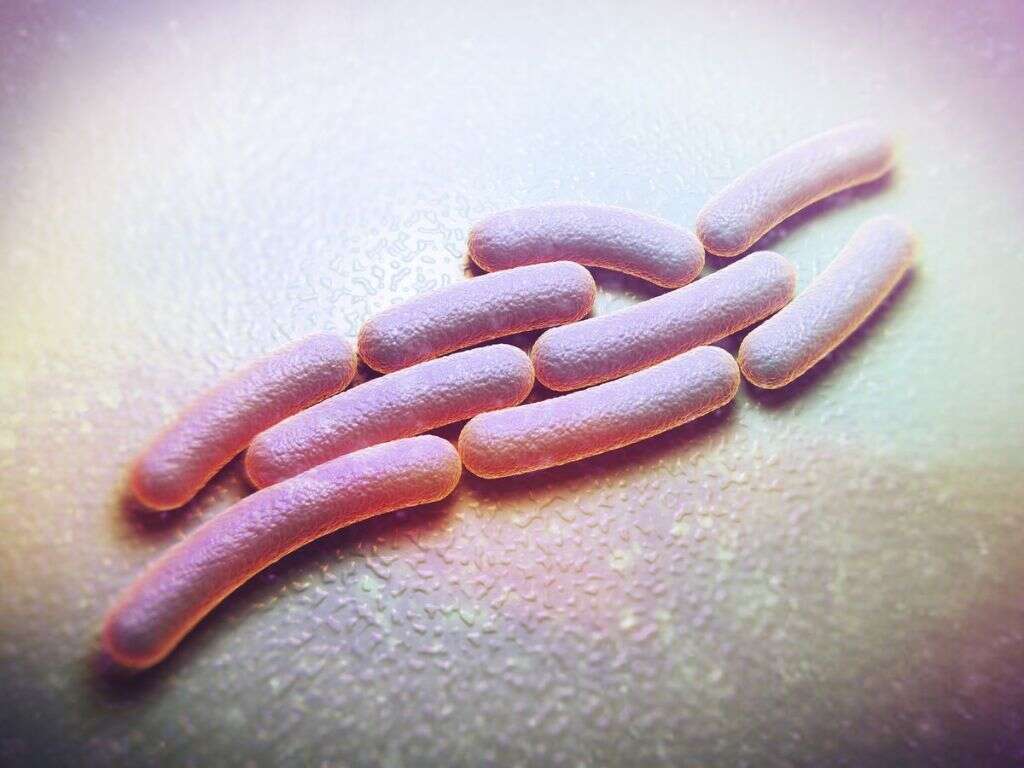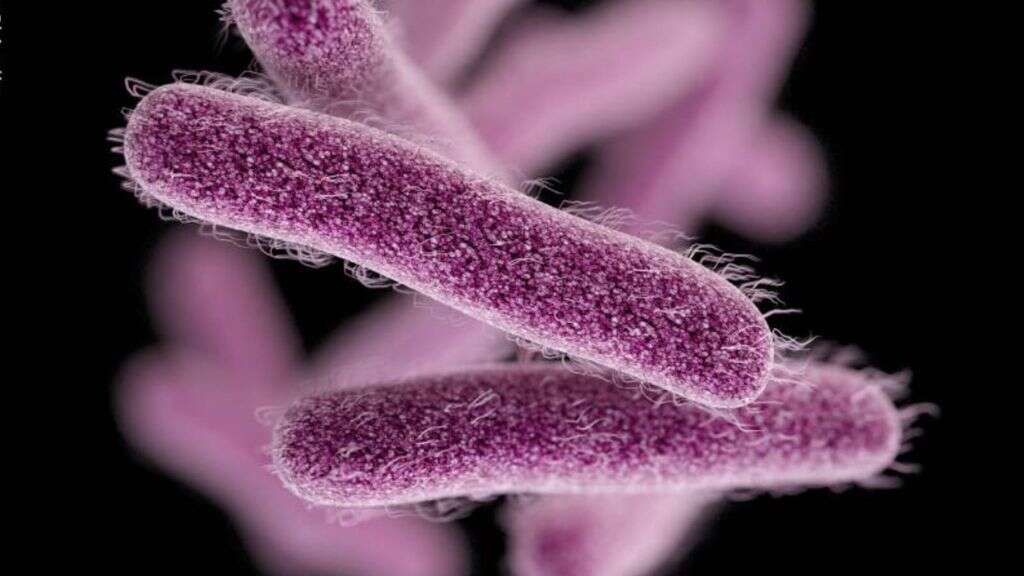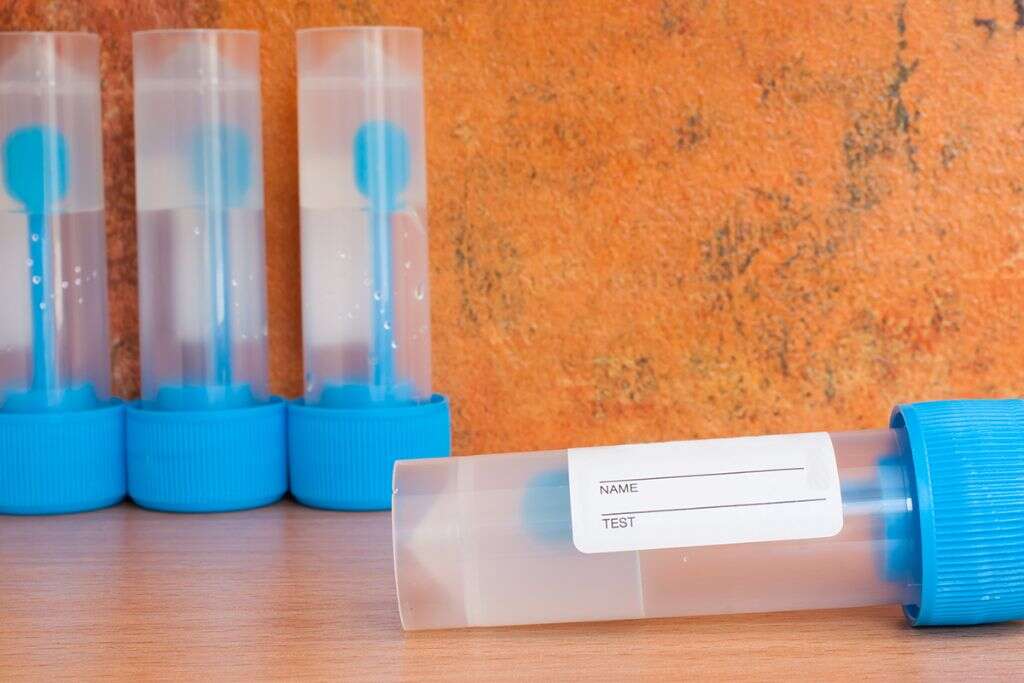What Is Shigellosis?
Shigellosis is a bacterial disease caused by an infection of Shigella bacteria. There are four species of Shigella: Shigella flexneri, Shigella dysenteriae, Shigella boydii and Shigella sonnei (common in the US). The condition affects the digestive system, resulting in diarrhea. While an uncomfortable infection, patients typically recover on their own, but affected people need to take care not to transmit it even after symptoms subside.
Understanding the condition is key to coping and treating it. While a bout of diarrhea may worry you, it does not mean that you are suffering from this specific illness. The following 10 questions and answers define the condition, its symptoms and treatment options. You should come away with a better understanding of the populations and communities that should show particular concern about shigellosis and its prevention.

1. What Is the Main Warning Sign of an Infection?
The primary sign of shigellosis is diarrhea. Shigella bacteria enter through the digestive tract, and once this bacterium reaches the intestines, it releases toxins that irritate the intestinal wall, causing discomfort and bowel flushing. While not a rare condition, there are several environmental warning signs of Shigella bacteria. For example, poor hygiene or water contamination can lead to an increase in shigellosis cases.
If people cluster or share living spaces, then bacteria can spread quickly, leading to widespread infection. Therefore, close-knit communities, like daycare centers and senior facilities, should take extra precautions to limit bacterial spread through increased sanitary practices. Ensure routine cleaning occurs in facilities and that residents are aware of fundamental hygiene standards. Significant outbreaks can lead to increased risks, especially in elderly and infant communities.

2. What Other Symptoms May Shigellosis Present With?
While diarrhea is the primary symptom of shigellosis, patients may also experience nausea, cramping, vomiting, bloody stool and a fever. Not every infected person presents the same way, but symptoms do often occur around the same time, approximately three days to one week after contracting the Shigella bacteria, and generally last two to seven days.
The main concern for patients is dehydration and malnutrition. Shigellosis can cause vomiting, making it challenging to maintain proper nutrition. Also, the constant trips to the bathroom can lead to severe dehydration. It is crucial for those infected to continue to eat and drink. You must maintain vital nutrients and hydration levels to avoid more serious health risks, especially if you already have a vulnerable system.

3. What Is the Primary Cause?
Shigella bacteria cause shigellosis infections and are responsible for nearly 450,000 annual cases of the condition in the United States. The bacteria live in the stool of sick people as well as recovered patients with no symptoms who may still carry the bacteria for one to two weeks after symptoms stop. The infection occurs when someone ingests the germs, so sanitation and hygiene are crucial prevention methods.
The best way to avoid a Shigella infection is to wash your hands frequently and to handle your own food, especially in susceptible environments. Your hands come into contact with germ-infested surfaces many times per day, and most people can’t help but touch their face, which means you are actively putting germs around or in your mouth. Diligent hand washing and avoiding touching your face can lower your chances of becoming infected.

4. How Is Shigellosis Diagnosed?
Several bacterial strains can cause diarrhea, which means a definitive diagnosis is difficult, but it may also be unnecessary. Shigellosis typically does not last long, and it often resolves on its own without medical intervention. While it is an uncomfortable condition, especially for young patients unfamiliar with loose bowel movements and cramps, most patients recover from the majority of effects within three to seven days and only experience minor additional symptoms.
In rare circumstances, a diagnosis is necessary. Patients who experience severe discomfort and nausea may require medical intervention. Also, if diarrhea lasts over three days, a doctor should check the patient to ensure proper levels of hydration and nutrition. If you need to seek medical care, a doctor may request a stool sample to check for Shigella bacteria or other pathogens before determining a treatment plan.

5. Are There Any Treatments for Shigellosis?
Shigellosis is most often a mild condition that runs its course with no need for medicinal treatments, so doctors often advise patients to wait it out. Sometimes, patients may not even realize they had shigellosis, instead thinking they were suffering from a virus or other ailment. However, sometimes an antibiotic treatment may be necessary, depending on the bacterial strain. Bismuth subsalicylate may help to relieve symptoms, but anti-diarrheal medications are not recommended as they can make the symptoms worse.
In rare situations, severe shigellosis can lead to serious dehydration and malnutrition. The infection can make it difficult to keep a meal down, and ongoing diarrhea can quickly expel necessary liquids and electrolytes from the body. If a patient experiences diarrhea for over three days and is having a hard time keeping food down, it is wise to visit an ER or schedule an appointment with a doctor.

6. How Long Does Recovery Take?
While it takes a few days for symptoms of shigellosis to appear, once experienced they generally do not last more than a week. However, your stool and bathroom patterns may not return to normal for several months, depending on the severity of the infection. If you are experiencing symptoms lasting longer than one week, it is important to schedule a doctor’s appointment for further testing and viable treatment.
Also, be cautious of further contamination and spread. While symptoms may stop after a week, the bacteria can remain in your stool for several weeks after that. Get in the habit of washing your hands. For example, washing your hands for 20 seconds after using the restroom and before handling food significantly reduces risks to others, especially if you live in close contact.

7. Is the Infection Dangerous?
While most cases of shigellosis are minor, complications can occur that are dangerous and potentially life-threatening. Dehydration is the most common complication of the infection. Symptoms of dehydration include dizziness, light-headedness, sunken eyes, lack of tears and dry diapers. Though uncommon, shock and death can occur in severe cases. Other more worrisome complications include seizures, hemolytic uremic syndrome, rectal prolapse, reactive arthritis and toxic megacolon.
Again, severe reactions to Shigella bacteria are rare. However, as a patient or concerned loved one, you need to be aware of when to see a doctor. If you experience or notice bloody diarrhea, weight loss, dehydration or fever of 101 degrees Fahrenheit or higher, seek a medical opinion. Though experiencing these symptoms does not automatically mean severe complications, they suggest it is time for monitoring.

8. Who Is Most Affected?
There are four groups of people at an increased risk of contracting shigellosis: children, people in small social groups, gay and bisexual men, and travelers. Children are at the most risk because they often lack basic hygiene skills. Small social groups, like senior centers or daycare facilities, also present more significant risks because of the contagiousness of the infection. The sexual practices of some gay and bisexual men put them at increased risk. Finally, people who travel to developing countries may risk infection because of poor sanitation standards.
Beyond these four groups of people, those with weakened immune systems need to take extra precautions. Doctors may not define shigellosis as a severe condition, but it can lead to life-threatening complications in those with underlying issues, like HIV and cancer patients undergoing chemotherapy.

9. Is It Contagious?
Shigellosis is contagious, and it transmits easily. If you or your child has the infection, avoid contact with others until it has run its course. While you may feel you are being extra cautious, it is possible to transmit the bacteria through touch, food and surface contamination. Patients should take several precautions to limit exposure to others.
There are five ways to reduce the risk of others if you are infected. First, stay home if possible. Second, wash your hands frequently with soap and water for at least 20 seconds. Third, do not prepare food for your loved ones. Fourth, avoid swimming until one week after diarrhea stops. Finally, do not perform any sexual acts (oral, vaginal or anal) for several weeks after symptoms subside because Shigella bacteria are resilient.

10. How Can You Prevent Shigellosis?
The prevention of shigellosis comes down to good hygiene and sanitation practices. Unfortunately, some environments are easier to maintain than others, which is why businesses, like daycare centers, need to pay special attention to hand washing and diaper disposal. Also, facilities at higher risks for transmission should disinfect surfaces several times throughout the day and institute mandatory hand washing rules before making or eating food.
Shigellosis is a generally short-term diarrheal disease caused by Shigella bacteria, which can remain present and contagious in a patient’s stool for several weeks after symptoms subside. While the condition rarely leads to severe complications, watch out for bloody stools, high fever and dehydration. If you are experiencing any of these symptoms, contact your physician and schedule an appointment for further testing and diagnosis.












